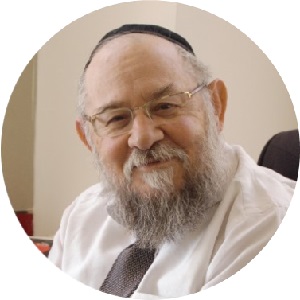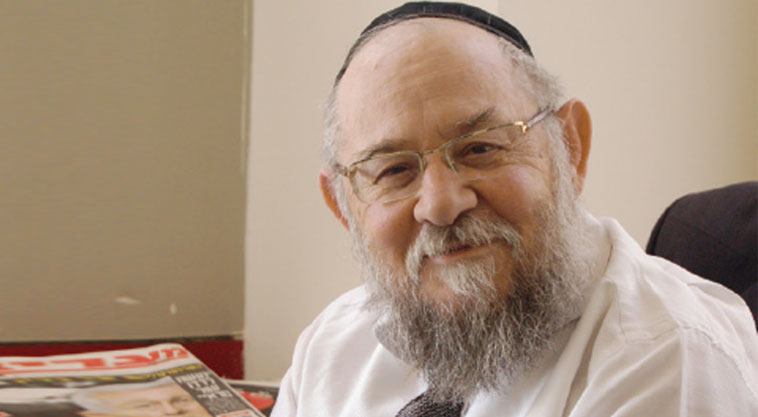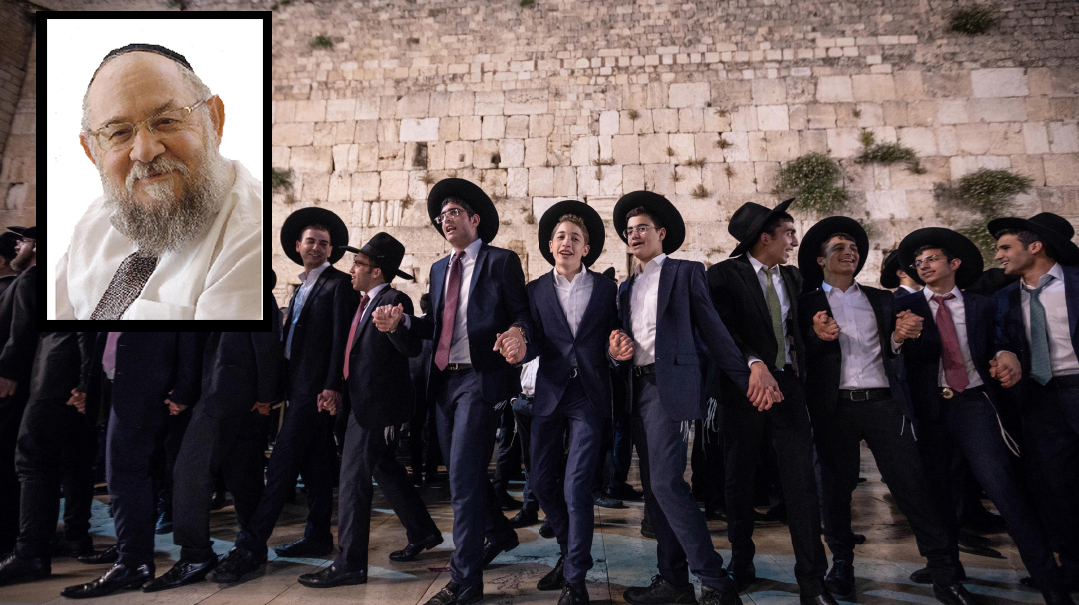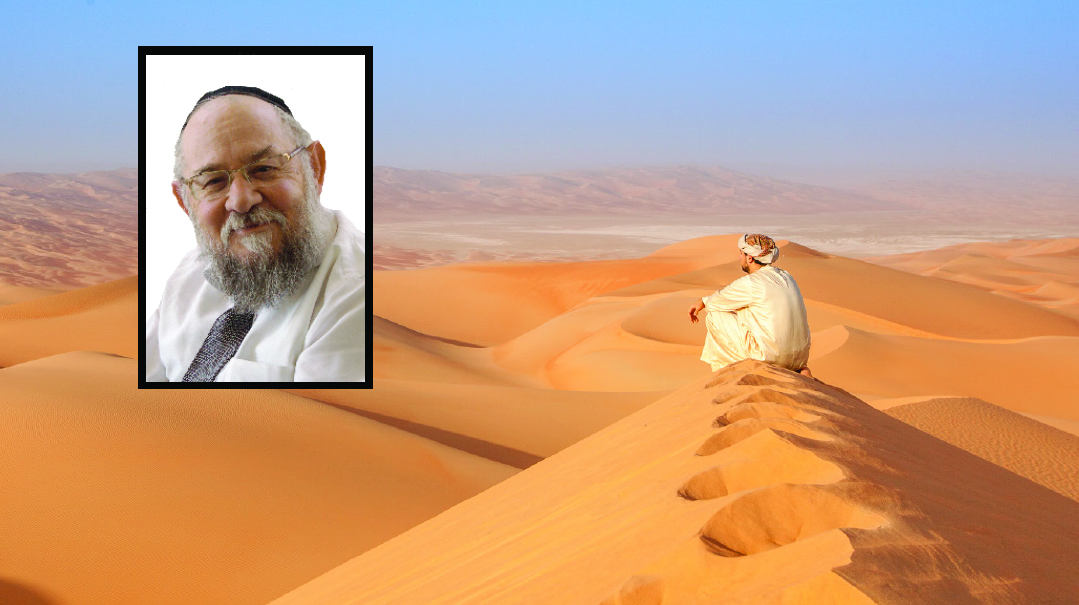Rock of Ages

The primal lesson of a house of prayer in our very physical and spiritually inhospitable world
Amid crazed violence and destruction, who would have believed that these shuls — the ones with the zero-talking policy — were left standing?
About the time of the expulsion from Gush Katif in the summer of 2005, I attended the shivah of a pious Jew from Jerusalem named Reb Getzel. People were recounting how he became a kanoi in matters of shul decorum, and wouldn’t tolerate talking during davening. It turned out that he took on this mission after the Holocaust, when he went back to one of the towns and saw that all its shuls had been destroyed except for one — a modest structure used by simple, G-d-fearing Jews who were careful to preserve the sanctity of the shul and the davening. This made such a profound impression on him that he dedicated his life to this principle wherever he prayed.
I was astounded when one of the refugees from Gush Katif, who was also at the shivah, heard this and added that in the Gush, one shul was particularly known for scrupulousness about decorum and its zero-talking policy. It was the only one that wasn’t destroyed by Gazan hooligans during their own “Kristallnacht” a few months later, when they took torches to the holy buildings on the ruins of the Gush that were left standing by the government after the evacuation.
This was reminiscent of the Eisenmann synagogue in Antwerp, the only shul in the city not destroyed by the Nazis as well. The shul was built in 1905 by scholar and businessman Jacob Samuel Eisenmann, a native German and talmid of Rav Samson Raphael Hirsch who moved his import business to Antwerp. The traditions of the Jewish community in his native Frankfurt were close to his heart, and he couldn’t tolerate the casual conversations and lack of decorum during davening that he found in his new city. And so, he decided to start his own minyan according to minhagei Frankfurt; what started out with perhaps a dozen worshippers burgeoned into one of the city’s most venerated synagogues — with no talking allowed.
Indeed, our forefather Yaakov, the builder of the first shul — a stone that was to become the place of the Beis Hamikdash — taught us the primal lesson of a house of prayer in our very physical and spiritually inhospitable world.
Chazal describe the purpose of Creation as G‑d’s desire for “a dwelling in the lowly realms” — specifically in the places seemingly alien to G-dliness is where He desires a dwelling, transforming that place into an environment receptive and subservient to His goodness and truth.
This “lowly” realm, which is our physical world and which is the greatest concealment of Divine truth, can actually be transformed by man, explains Rebbe Shneur Zalman of Liadi, the Baal HaTanya. When man utilizes the resources and forces of the physical world to serve G‑d, he sanctifies the material, so that it now serves, rather than obscures, the Divine truth. And this is what Yaakov Avinu meant in his oath, upon leaving Eretz Yisrael as he ran away from Eisav, that he would make “this stone… a house of G-d.” It’s a promise to make the stone — the brute substantiality of the physical world, even as he was leaving the holiness of Eretz Yisrael and his life as a “tent-dweller” for the wiles and manipulations of Lavan — into a Divine abode. For this is the pledge of man’s mission in life: to fulfill the Divine purpose of Creation by making the material world a dwelling place for G‑d by uncovering levels of G-d-consciousness therein, even in places of “stone,” where it doesn’t seem to exist.
When you take the lowest form of physicality — a rock — and transform it into holiness, you’re making a statement about the entire cosmic relationship. On such a holy spot, who can talk?
(Originally featured in Mishpacha, Issue 788)
Oops! We could not locate your form.




